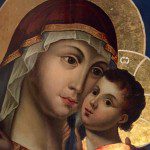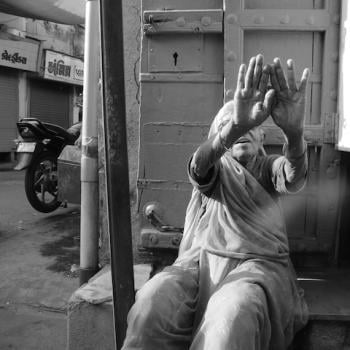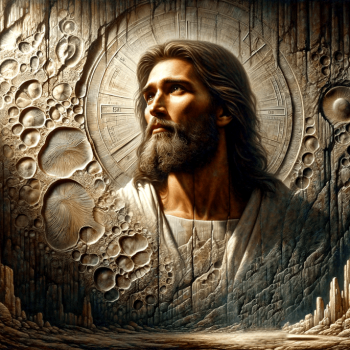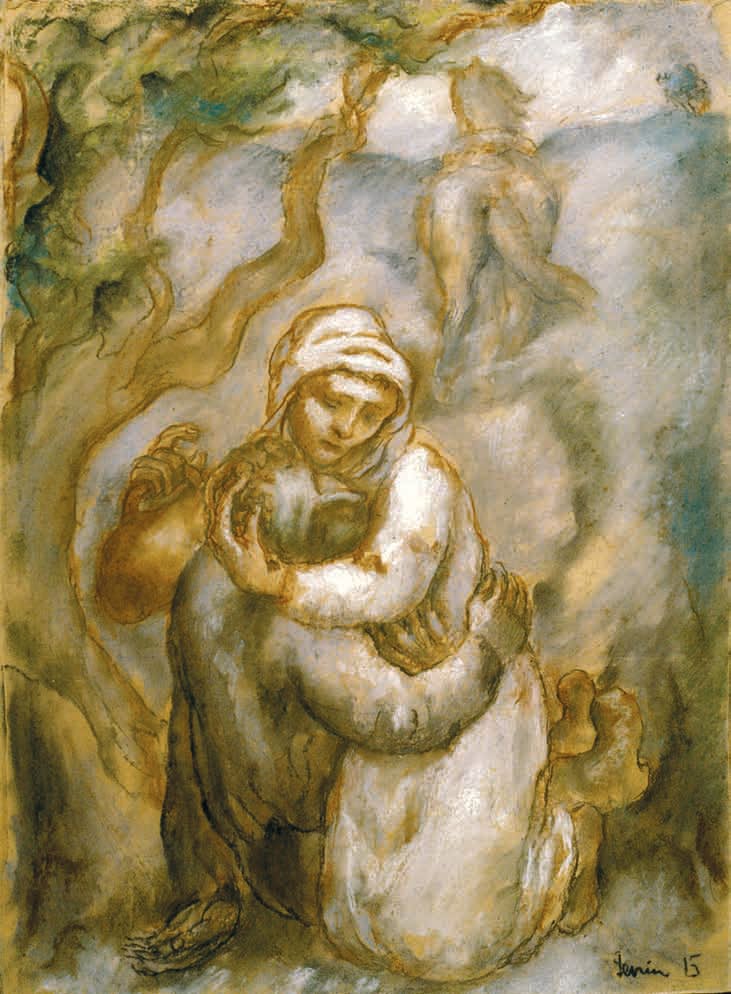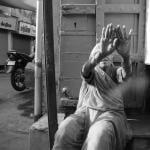There are two kinds of people in the world (well, to be honest there are more than two, but for the purposes of this post there are only two): those who love graveyards and those who don’t.
You might think that cemeteries are creepy and depressing, places that are best avoided except when absolutely necessary. If you think that, read no further.
But if you love wandering through graveyards, if you find them evocative places for contemplation and admire their melancholy beauty, then come along with me today to one of the best cemeteries in the world: the Zentralfriedhof, the Central Cemetery of Vienna.
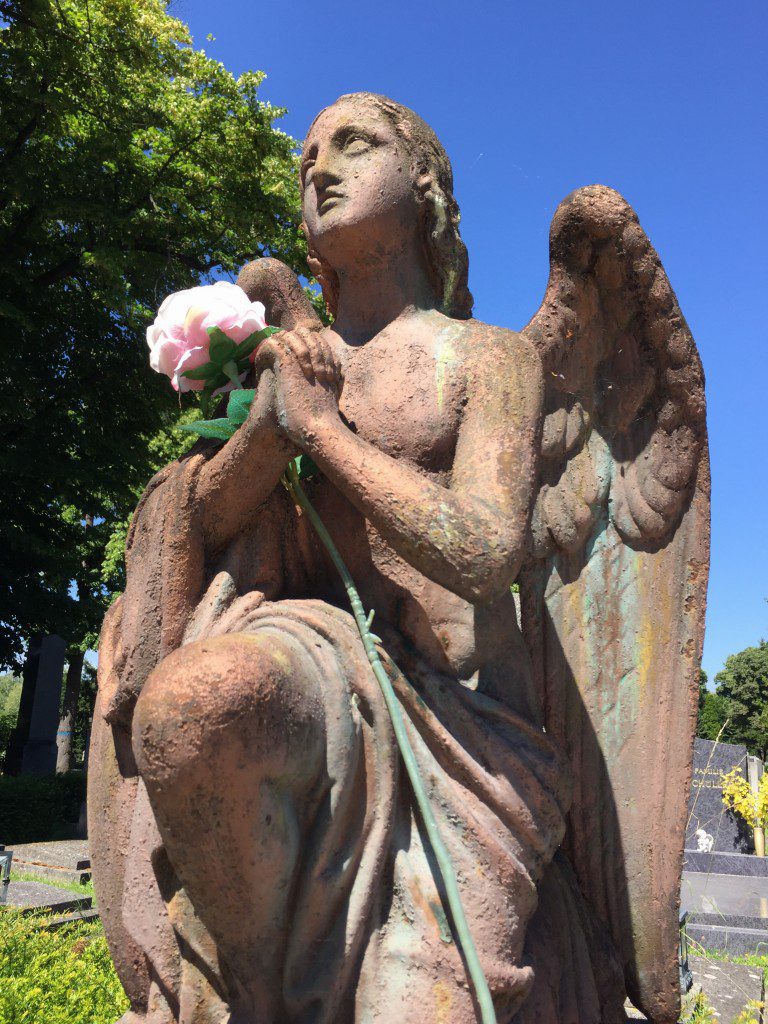
Bob and I were in Vienna and the surrounding area in June, visiting friends and touring. We saw many wonderful sites, but when I think back on our trip, I keep coming back to the morning we spent wandering among the tombs and grave markers of the Central Cemetery.
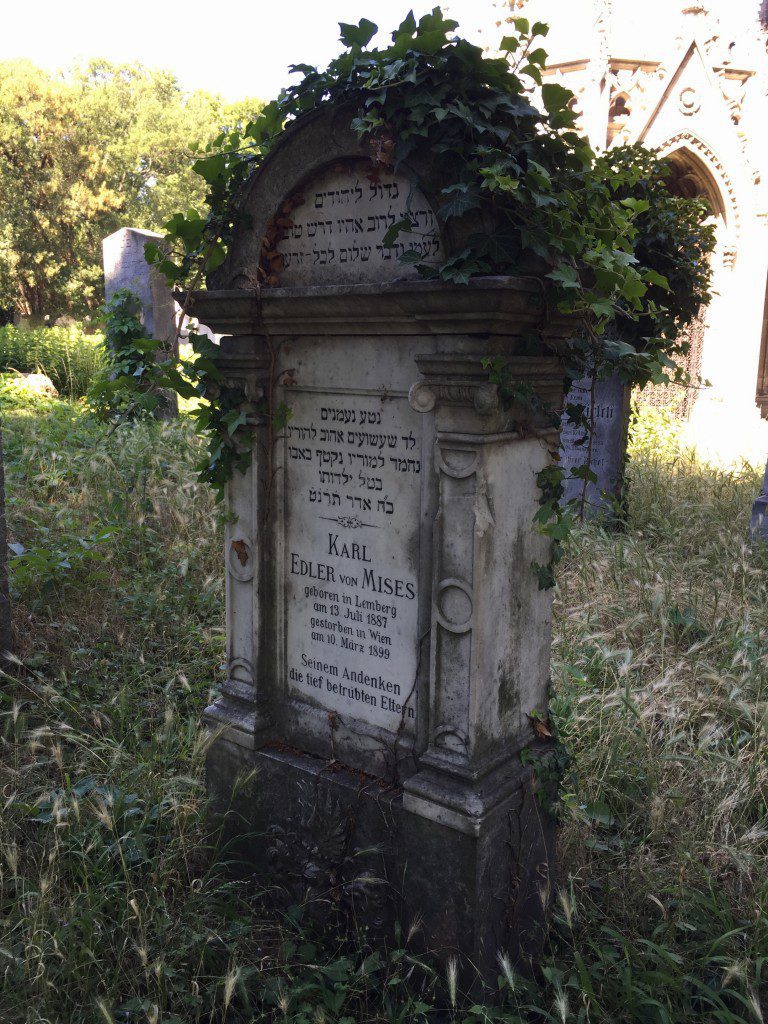
Established in 1874, the Vienna Central Cemetery is one of Europe’s largest, with more than 300,000 graves (because they were often re-used, the number of bodies here is actually closer to three million).
Vienna has long been an multi-ethnic, multi-faith city, and its diversity is reflected in the markers in its graveyard. In the Old Jewish section, for example, there are markers dating back to the pre-World War II era of the city, a reminder of the days when Vienna was one of Europe’s most vibrant centers for Jewish life and culture. A short walks leads to a section which has graves marked with Orthodox iconography and names showing the Eastern European origins of the deceased. There are also Catholic, Protestant, Islamic, Buddhist and even Mormon graves.
And then there’s the section devoted to musicians, for Vienna is, above all, a city of music. Many of the world’s greatest musicians are buried here, including Johannes Brahms, Ludwig van Beethoven, Franz Schubert, and Johann Strauss. There’s also an honorary marker for Wolfgang Amadeus Mozart. He was buried in a group grave at Vienna’s St. Marx Cemetery, but as the location was unmarked, this cemetery seized the opportunity to have him here in spirit—for Mozart continues to draw a crowd, even in death.
One historian puts it this way: “In Vienna, you have to die first before they celebrate your life. But after that, you live long.”
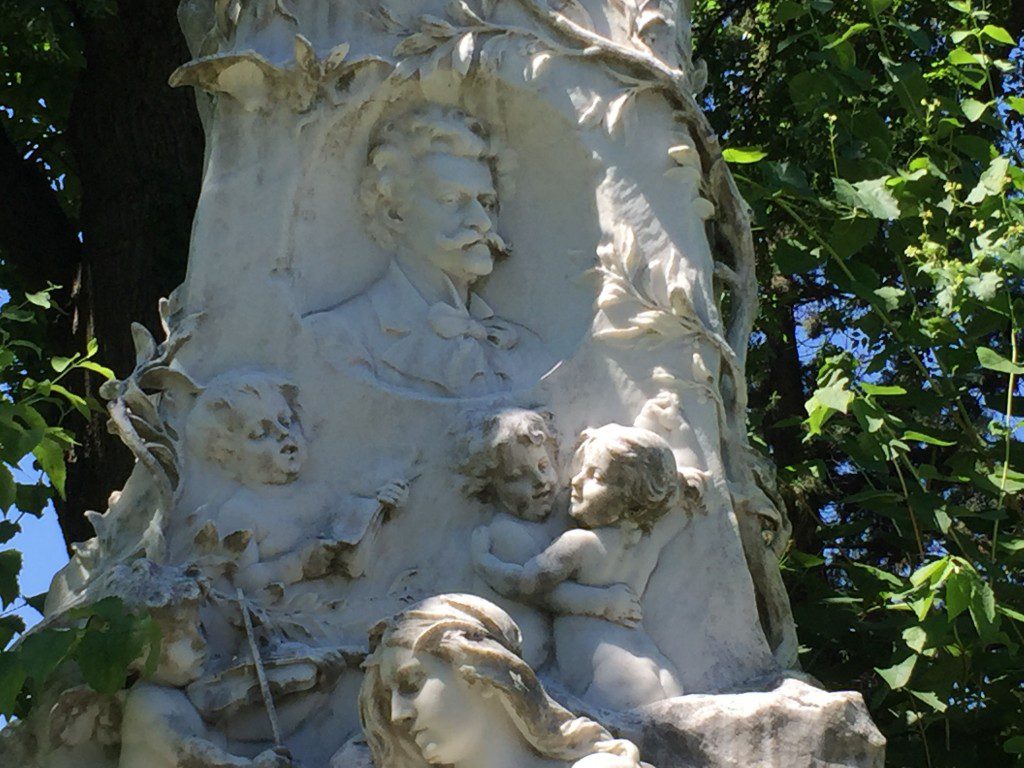
The musicians’ graves are a pilgrimage spot for people from around the world. I especially loved the marker for Johann Strauss (see above). Just look at those cherubs doing a Viennese waltz on his marker. Now there’s a grave marker! I’ve told my family that I’d like to have something similar marking my final resting place.
And while we’re on the subject of the heavenly host, let me say that this cemetery has better angels than any other graveyard I’ve seen. There are somber angels and little cute ones, ones with huge wings and others with fairy-sized wings that don’t look like they’d carry them very far. Frankly, some of the statuary is a little over-the-top, the equivalent of a Viennese pastry topped with a huge dollop of whipped cream, but I have a very high tolerance for angel statues and so I didn’t mind.
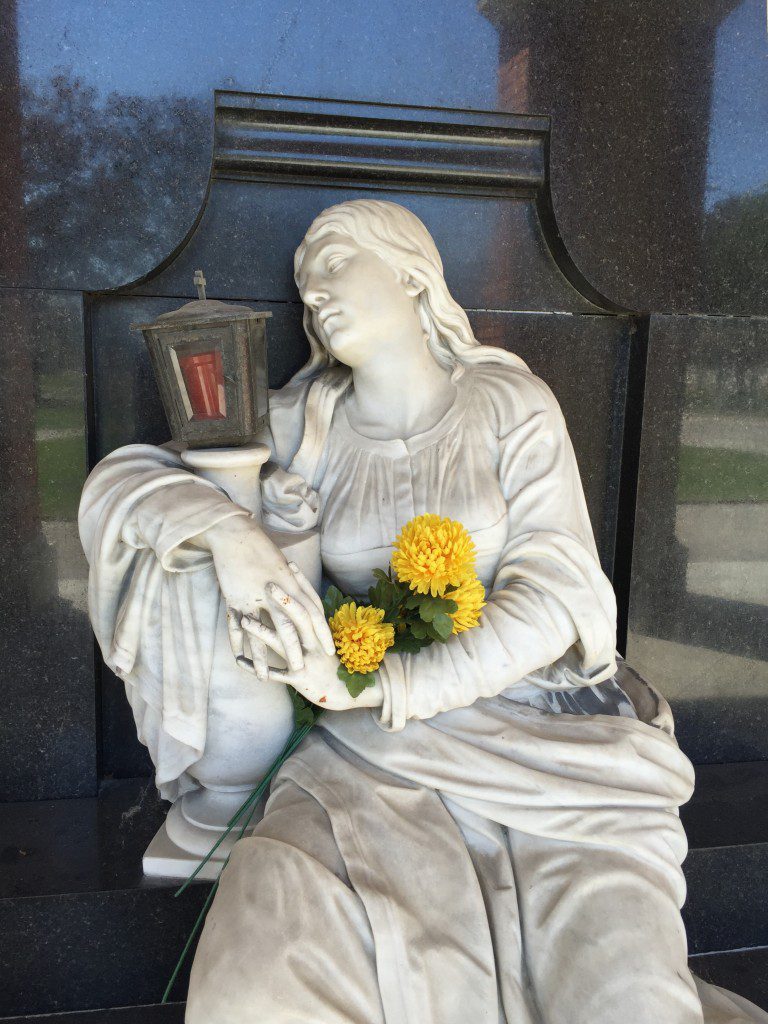
This cemetery even has a Funeral Museum, which I was thrilled to tour (it helped make up for the fact that my family wasn’t interested in touring the Museum of Funeral Customs in Springfield, Illinois, when we visited the city years ago).
According to the Vienna Funeral Museum, the Viennese have a special relationship with death. A ‘good send off’ of a funeral is meant to reflect the fact that all aspects of life, including its end, should be celebrated.
Elaborate Viennese funerals became popular as the rising middle class of the nineteenth century wanted their own version of those of the nobility. There were carefully choreographed parts to the ritual—the laying out of the body, the cortege to the place of burial, and the gravestone, which were all meant to convey the deceased status. Death masks—a plaster cast of the face just after death—also became popular as a way to remember the deceased. There are a number of these in the museum, the faces somber and oddly riveting.
Other exhibits in the museum include a “hit parade” of the most commonly selected funeral songs in Vienna, a horse-drawn hearse from 1900, and a coffin alarm which could be triggered by individuals unfortunate enough to be buried alive.
It’s all slightly creepy and strangely fascinating, especially if (like me) you love graveyards. The cemetery and museum seemed like a fitting counterpoint, somehow, to the gaiety and elegance of the rest of the city. The Viennese know that a masterpiece, whether it’s a life or a piece of music or a city, needs both sunlight and shadow.
So let me leave you with a Viennese waltz like the one those cherubs are dancing to on the grave of Johann Strauss–it’s sprightly and charming on the surface, but with just a hint of melancholy underneath. Like Vienna.
Stay in touch! Like Holy Rover on Facebook:


